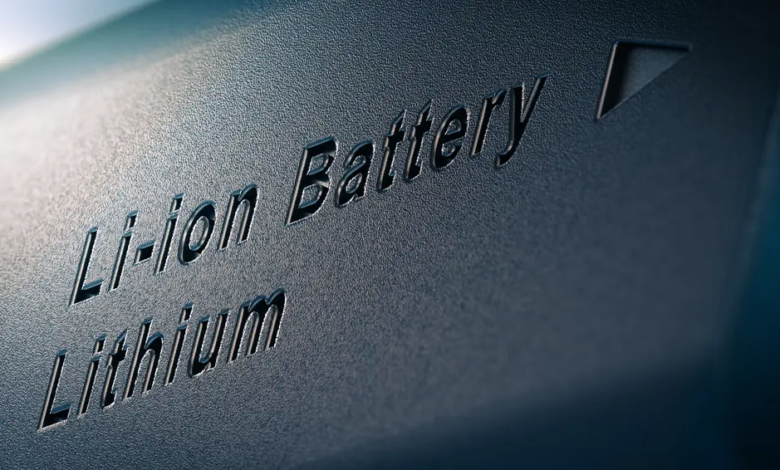Charging lithium batteries drops below 5 minutes with indium
Looking for a low number of Damköhler
Finding the perfect material for the electrodes, which leads to a quick charging lithium batteries, is still an open challenge. Today, however, a group of engineers at Cornell University in the United States has made new progress in studying the kinetics of electrochemical reactions. “Our goal was to create electrodes for batteries that would charge and drain in order to align with the daily routine,” said Shuo Jin, researcher and lead author of the study published in Joule.
Jin and colleagues’ work focused on a particular concept used in chemical engineering and fluid dynamics. Let’s talk about the “Damköhler number”, a dimensionless parameter that represents the ratio between the speed at which chemical reactions occur, compared to the speed at which the reagent is transported to the reaction site.
Research into electrode materials with low Damköhler numbers has helped Cornell engineers identify indium as an extremely promising element for the anode. “It can be effectively coupled with various cathode ray materials to create a battery that charges quickly and drains slowly,” added Jin.
Towards fast charging of lithium batteries
In detail, the new study shows that this metal has two crucial characteristics for the anode. It boasts an extremely low migration energy barrier, which determines the rate at which ions spread to the solid state; and a modest exchange current density, related to the rate at which ions are reduced in the anode. The combination of these qualities – rapid diffusion and slow surface reaction kinetics – is essential for rapid recharge of lithium batteries and long-lasting charge preservation.
The result? The new battery can charge in less than five minutes, faster than any similar battery on the market. It can also cope with thousands of charge-discharge cycles while maintaining stable performance.
Too bad that practicality is not a factor contemplated. “Although this is exciting, as it teaches us how to get fast-charging batteries, indium is heavy,” stressed Professor Lynden Archer. “However, we do have an opportunity for computational chemical modeling, perhaps using generative artificial intelligence tools, to find out which other lightweight chemical materials could get the same intrinsically low Damköhler numbers. For example, are there metal alloys out there that we have never studied and that have the desired characteristics?“.






